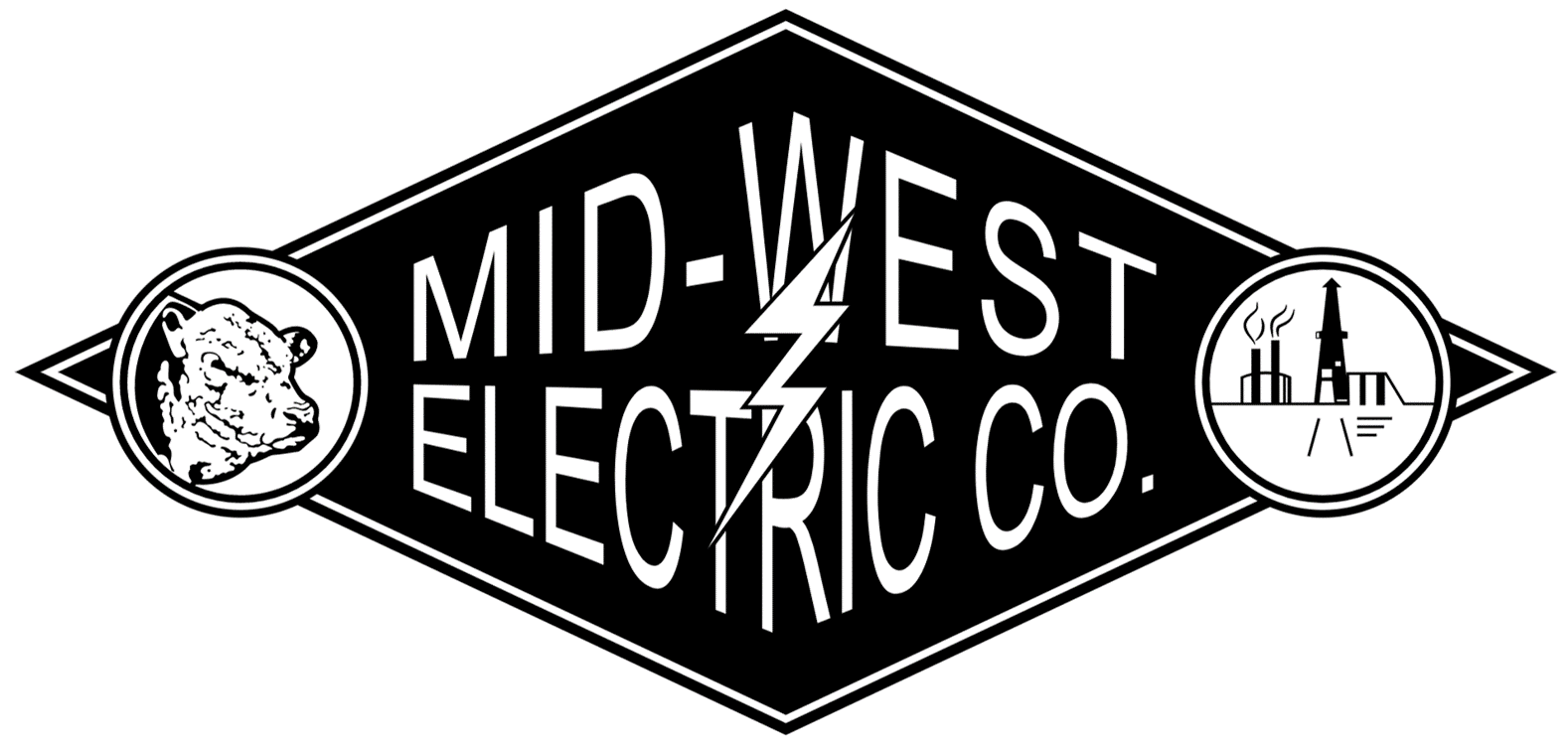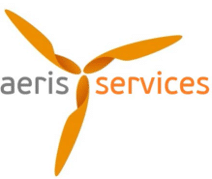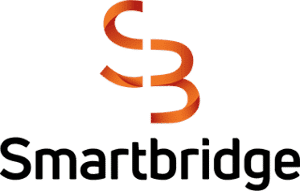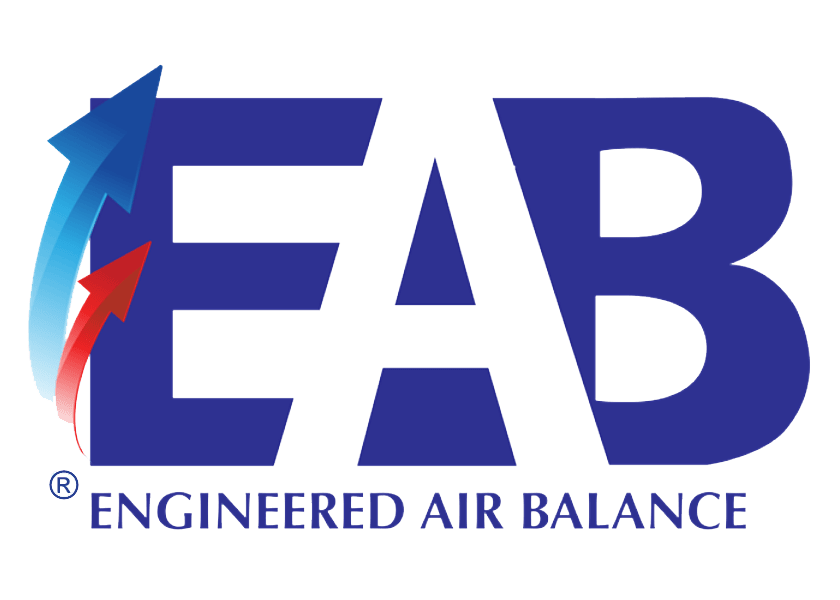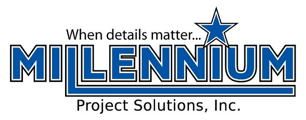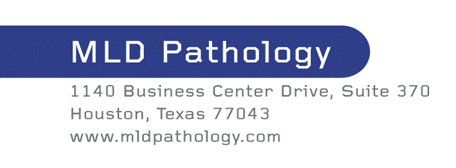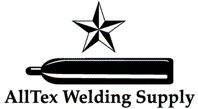Performance reviews are often seen as a required activity for both managers and employees, yet not one that either look forward to. But it doesn’t have to be that way! Here are three steps your organization can take to make the performance review process more beneficial for all:
- Less Formal, More Informal – Typically, employee performance reviews have been a very formal process that take place once a year at a scheduled time, complete with paperwork, checklists and closed-door meetings. These days, employee reviews are much more casual in nature and are more about the conversation, so feedback is easier to give and receive. As for how often reviews should take place? There’s no black-and-white answer. The frequency of reviews will vary greatly based upon the culture of an organization, as well as the job itself. Achilles Group has developed a performance review tool to help guide conversations that’s quick and efficient, and can be used on a monthly basis.
- About Feedback, Not Discipline – Another downfall for the traditional review process is that they are often used as documentation for negative performance reviews. This is not an effective method, as the focus of the review should be on getting and giving feedback between the manager and employee. Discussions regarding poor performance or performance improvement plans should be held separately.
- Set Goals with Measurable Steps – One of the pitfalls of reviews is that managers are often not good at working with their employees to put together quantitative, measurable steps that employees can take to improve. Setting goals is wasted effort without a plan to achieve these goals. After a goal has been created, put some measurable steps to it. Managers and employees should work together to come up with what this looks like. While employees need to take ownership of their development, they need internal support and tools from management to do so. Achilles Group is working to build a tool that will capture action items and plans to make this effort more achievable.
By incorporating the above steps into the employee performance review system at your organization, you can help facilitate a process that is more conducive to encouraging feedback and growth opportunities for both employees and managers.

















